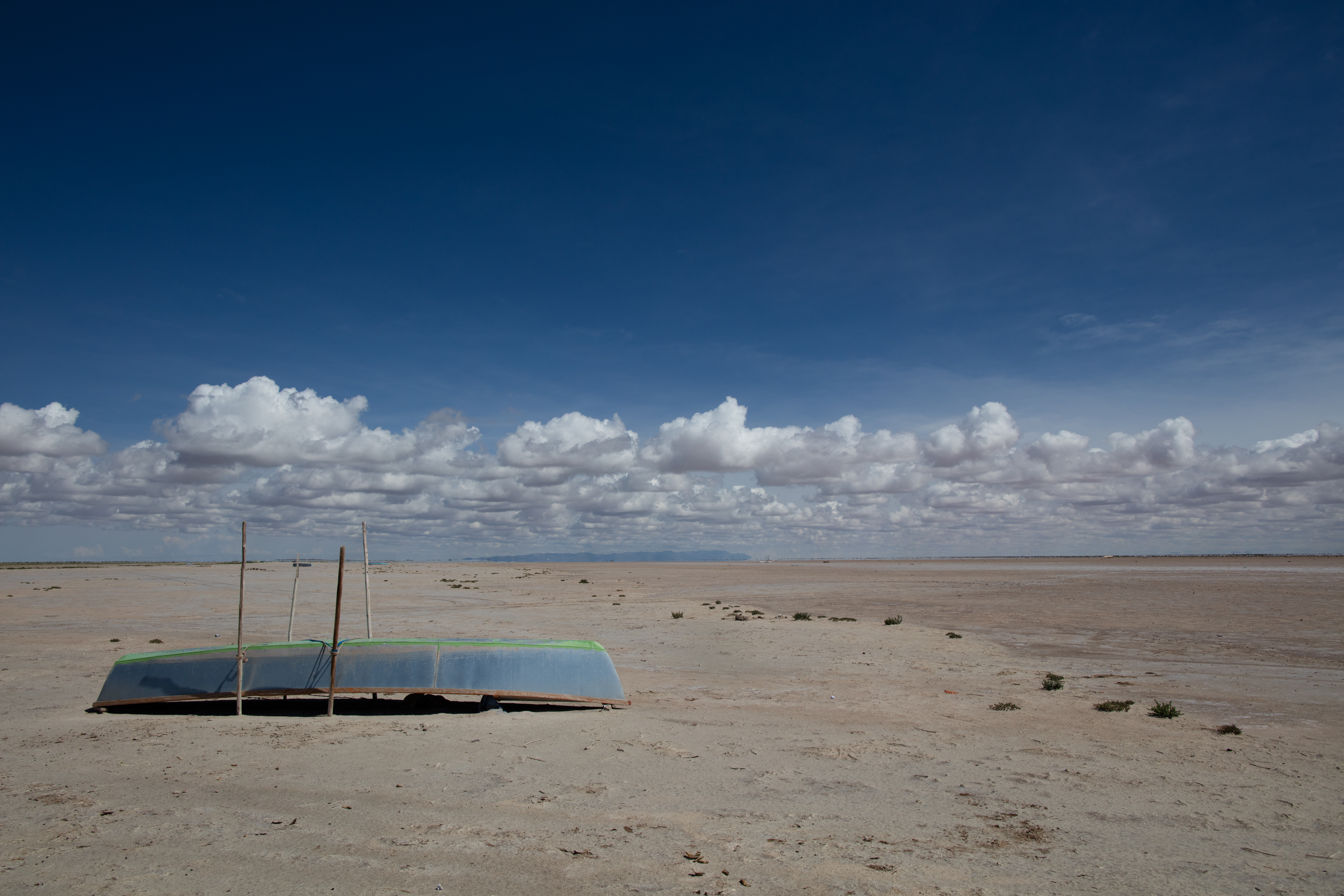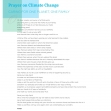

10 Things in Your Home Linked to Climate Change
The issue of climate change can often feel far and distant when we talk about how it affects communities experiencing poverty around the world. You may ask, “What can I do sitting here in the U.S.?,” “Does this affect me?” and "Can I really cause global warming?" The sheer magnitude of the topic can make us feel helpless and unable to make a change.
So, we’re going to break it down and bring the topic of climate change back home for you…literally.
Here are 10 things in your home that have a climate change connection—they cause climate change or are impacted by it—and ways you can make a difference.
Fish

The ocean absorbs 25% of all carbon dioxide emissions and retains 90% of the heat produced by these emissions, dramatically affecting marine life. More than a billion people around the world rely on food from the ocean as their main source of protein. But if temperatures continue to rise, more than half of the world’s marine species could face extinction in the next 80 years. Source: The United Nations; NOAA Fisherie
Coffee

The temperature, light and humidity levels across Latin America enable coffee crops to thrive. But rising temperatures and other consequences of climate change, including pests and disease, threaten this precious commodity and the livelihoods of thousands of smallholder farmers. In Nicaragua, if local temperatures increase by 2.2 degrees Celsius, land suitable for coffee growing could be reduced by more than 90%—putting entire communities at risk of hunger, poverty and forced displacement. Source: The Intergovernmental Panel on Climate Change
Learn more about the challenges coffee farmers face in Central and South America.

We all know what it’s like to receive junk mail and how quick we are to throw it away. But did you know that 100 million trees are destroyed to produce over 100 billion pieces of junk mail annually? When they get trashed, 51 million metric tons of greenhouse gases are created. That’s equivalent to the greenhouse gas emissions of 9 million cars.
Source: Heal the Planet
Learn more on how you can stop junk mail from being delivered to your home by visiting Eco-cycle.
Car

Road trip anyone? Driving around in your car is a major cause of global warming. Your car releases around 24 pounds of carbon dioxide for every gallon of gas used. In 2022, drivers in the U.S. burned nearly 135 billion gallons of gasoline. That is the equivalent of 3.2 trillion pounds of carbon dioxide being released into the atmosphere. Source: U.S. Energy Information Administration
Learn more about alternatives to driving a car through TreeHugger.
Plastic

Grocery bags, storage containers, food packaging, toothbrushes, shampoo bottles … the list of things in our homes made with plastic is endless. Every year, 400 million tons of plastic are produced, creating more than 200 million tons of greenhouse gas emissions and filling our landfills and oceans with waste. Worse still, most plastics are not recycled and can take 20 to 500 years to decompose. Source: Plastic Pollution Coalition; Forge Recycling
Learn ways to reduce your plastic consumption from Consumer Reports.
Pets

We all love our pets, but with rising temperatures, extreme drought and erratic weather patterns, 1 in 6 species of land animals could become extinct over the next century because of climate change. Source: The Intergovernmental Panel on Climate Change
Water

Every year, the average U.S. household uses over 100,000 gallons of water. In many developing countries, families go days or even months without access to water because of extreme drought. Around 2 billion people—25% of the world’s population— lack access to clean and safe drinking water. That’s more than five times the population of people living in the U.S. Source: UNESCO
Learn 45 ways you can save water in your home and yard from Earth Easy.
Chocolate

An increase in temperatures could melt your appetite for chocolate. About 70% of the world’s cocoa beans—used to make chocolate—is sourced from West African countries like Ghana, where they face increased temperatures, erratic rainfall and extreme drought. As the temperature rises and creates more potential for crop failures, farmers could face a halt in their cocoa production, resulting in a lack of chocolate worldwide. Source: National Oceanic and Atmospheric Administration
Learn how you can have your chocolate and make lives better at the same time. Purchase ethically-sourced chocolate that supports farmers.
Home

Rising sea levels and increased frequency and intensity of storms and flooding threaten coastal communities around the world. It’s predicted that sea levels will rise by at least one meter in the next 80 years, putting 250 to 400 million people at risk of losing their homes. Source: United Nations
Family

Right now, more than 110 million people are forcibly displaced worldwide due to conflict, persecution, violence or human rights violations. But did you know that climate change is becoming one of the biggest factors driving people from their homes? It’s predicted that more than a billion people could be displaced globally by 2050—less than 30 years away—due to climate change and natural disasters. Source: UN Refugee Agency; Institute for Economics and Peace




